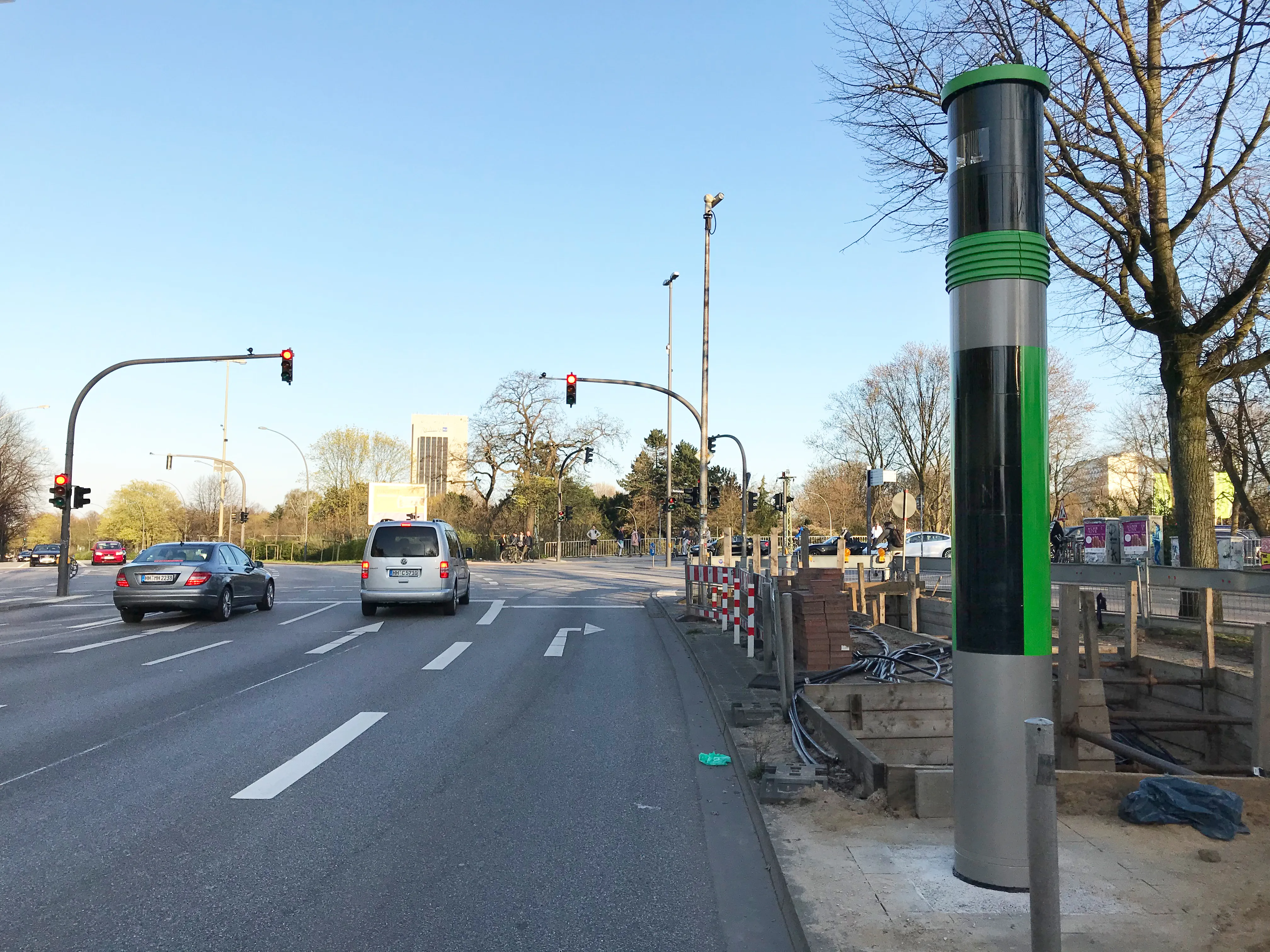
Brigade Electronics has launched a predictive collision system which it says can warn a driver with sufficient time for intervention.
SideScan Predict uses artificial intelligence to constantly gather object detection data such as the speed and distance of a cyclist or other vulnerable road user from the lorry. Additional technology is embedded within the system to gather information like the speed, direction, acceleration, and the turning rate of a vehicle.
This data feeds an algorithm created by Brigade to calculate the risk of a collision with cyclists and pedestrians who are nearby the vehicle.
Brigade says the system will always remain switched on when the vehicle’s speed is below 22mph, regardless of the indicator selection.
The company explains that this is particularly important as some drivers become irritated by false alerts and therefore will avoid using their indicator so their system does not trigger alerts, potentially putting vulnerable road users at risk.
The system is designed for coaches and buses with a maximum length of 5.2m.
According to Brigade, the solution comprises six sensors with a detection area of 2.5m, which helps to reduce the risk of fatalities by an additional 84%.
An auto brightness feature adapts Sidescan Predict to lighting conditions in the cabin, so the visual alert is not lost among the numerous lights present in a cab. Additionally, an in-cab visual alert indicates if the system has a failure.
Emily Hardy, marketing manager of Brigade Electronics UK, says: “Unlike existing systems, which simply register the presence of a potential obstacle, Sidescan Predict is constantly gathering data in a vehicle’s vicinity. This provides additional benefits to operators by significantly reducing false alarms and increasing confidence in the accuracy of warning alerts.”








